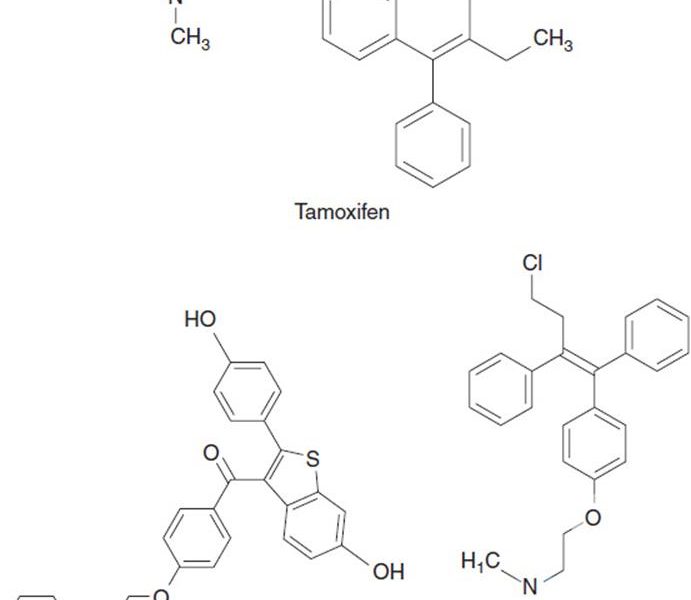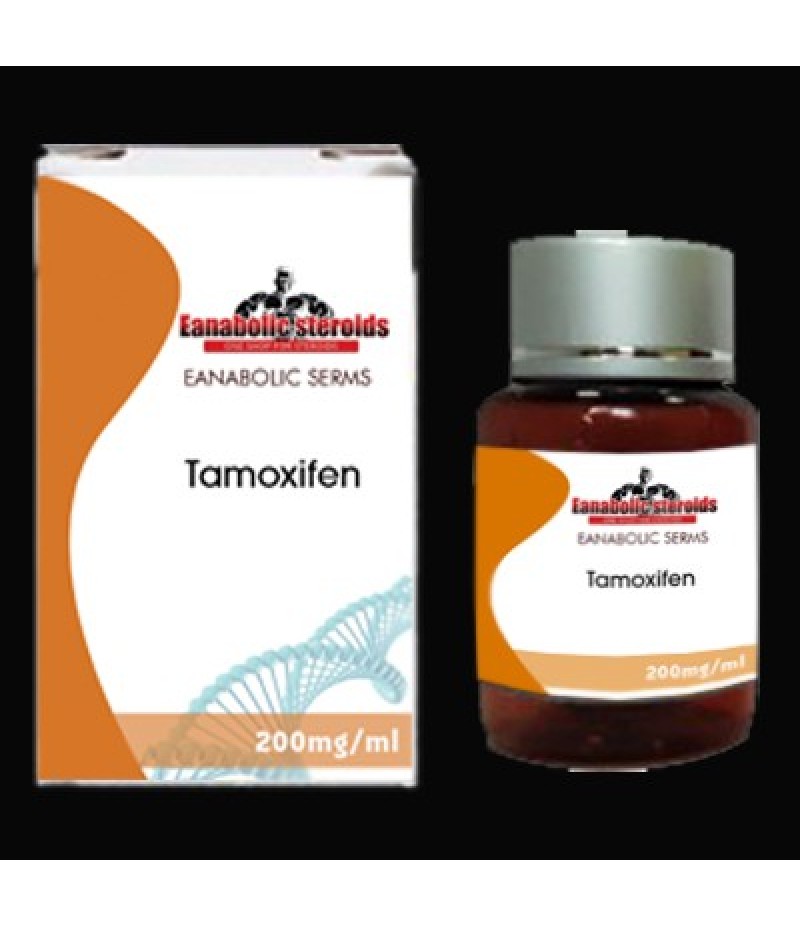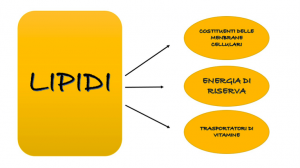Tamoxifen and raloxifene belong to the family of Selective Estrogen Receptor Modulators (SERMs). While tamoxifen is often used medicinally for the treatment of breast cancer or for the prophylactic treatment of recovery (relapse) in women already undergoing surgery for breast cancer, raloxifene sees its main use in the treatment of osteoporosis as the next step. menopause; both molecules (tamoxifen and raloxifene) act at the estrogen receptor level with some general differences.

As everyone knows, in BodyBuilding the most famous and used is tamoxifen, which is administered at various stages of preparation, such as PCT (in men) or in the “Cut” or “Pre-Race” phase (in both men and men). than women). Raloxifene is little known and culturally used, even though it has found good use in recent times, especially during AAS cycles with aromatized molecules or estrogen-like effects.
Their similarity of action could make a debate about which of the two options is almost superfluous the best, but in fact it is not. To evaluate these two drugs, you need to know their pros and cons, strengths and weaknesses of both.
Long-term use of Tamoxifen may increase the risk of estradiol-related cancer. This is due to the fact that it increases the conversion of estradiol to potentially carcinogenic metabolites, as reported by researchers at the University of Texas in the journal Steroid Biochemistry and Molecular Biology. In contrast, raloxifene actually reduces the risk of cancer, according to an American study. No studies have been conducted to assess the health risks associated with the use of Tamoxifen kaufen in sports (where the variables start with concurrent administration of other drugs until a limited period of use). Some doctors warn about the side effects of long-term use of Tamoxifen in BodyBuilders due to its similarity to DES.
As you know, doctors also prescribe tamoxifen to women who have survived breast cancer, long-term treatment with antiestrogens dramatically reduces the risk of tumor recurrence. But a few years ago, medical researchers discovered that tamoxifen was associated with an increased risk of [1, 2] endometrial cancer, while raloxifene, although it does act, similar to tamoxifen, reduces the risk of endometrial cancer. [3]
About this: women who have survived breast cancer treatment found an increased chance of survival with tamoxifen, the increased risk of endometrial cancer is negligible compared to decrease the likelihood of breast cancer recurrence.
Tamoxifen works in two ways:
- the action a molecule has by binding to the estradiol receptor, thereby preventing its activation by binding
- Tamoxifen stimulates the production of enzymes that convert estradiol into less active analogues.
And the problem lies in the last mechanism of action. Due to this action, tamoxifen increases the concentration of 4-hydroxyestrone and 16-hydroxyestrone, two analogs of estradiol, they can bind to DNA – to form the adduct DNA – and thus damage the genetic material; if the cell cannot repair the damage, it can turn into a cancer cell. Observed metabolites: 16-hydroxyestrone (risky), 2-hydroxyestrone (no risk) and 4-hydroxy-estrone (risky).
American researchers have confirmed this theory in their in vitro study. They exposed human endometrial cells to estradiol (E2), estradiol and tamoxifen (there), and estradiol and raloxifene (Ral). The combination of estradiol and tamoxifen actually led to an increase in the number of dangerous estradiol metabolites, the ratio between 2-hydroxyestrone (harmless) and 16-hydroxyestrone (dangerous) decreased. When the researchers analyzed the DNA of the cells, they noticed that the combination of estradiol and tamoxifen resulted in an increase in the number of DNA adducts.
Available data indicate that tamoxifen enhances the synthesis of the CYP1B1 enzyme and decreases the synthesis of the COMT enzyme catechol-O-methyltransferase. CYP1B1 converts estradiol into dangerous steroids, COMT helps cells deactivate dangerous estradiol metabolites; The effect is so subtle that short-term use of Tamoxifen (see BodyBuilding) probably has no significant consequences.

For athletes doing a prep phase longer than 4-6 weeks and requiring SERM “use”, raloxifene is the best choice. When it comes to male use, tamoxifen is superior to raloxifene in PCT due to its ability to stimulate natural testosterone production; while “on-cycle” raloxifene is more functional due to its greater ability to prevent estrogen-dependent side effects (such as gynecomastia) when combined with the use of aromatized AAS or estrogen-like effects. Some athletes take tamoxifen and raloxifene, taking advantage of both (usually 20 mg tamoxifen and 60 mg raloxifene).
Average doses of raloxifene used in the bodybuilding field are around 60-120 mg / day.




